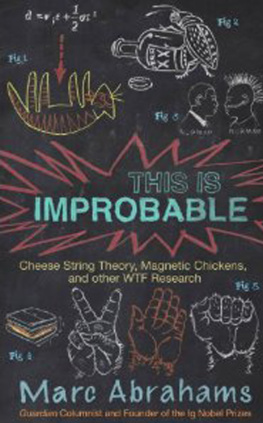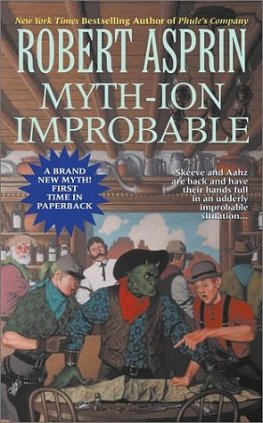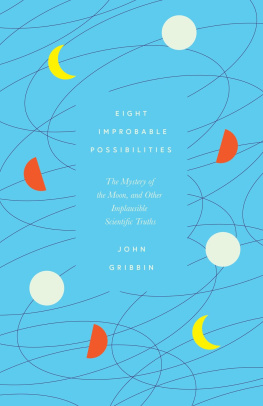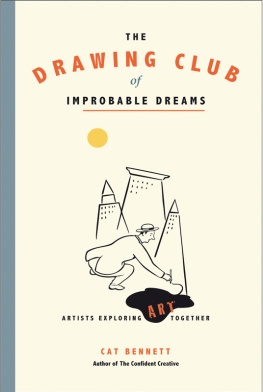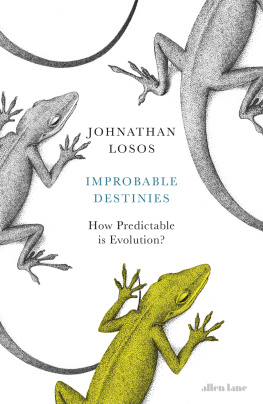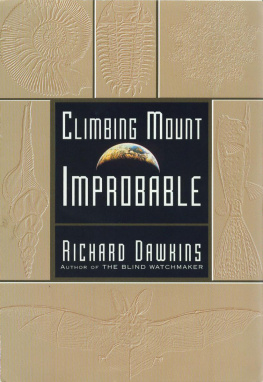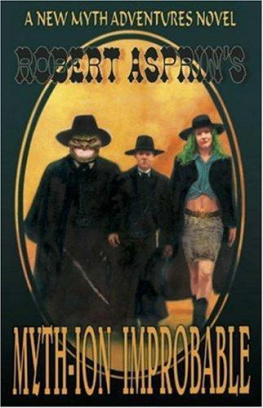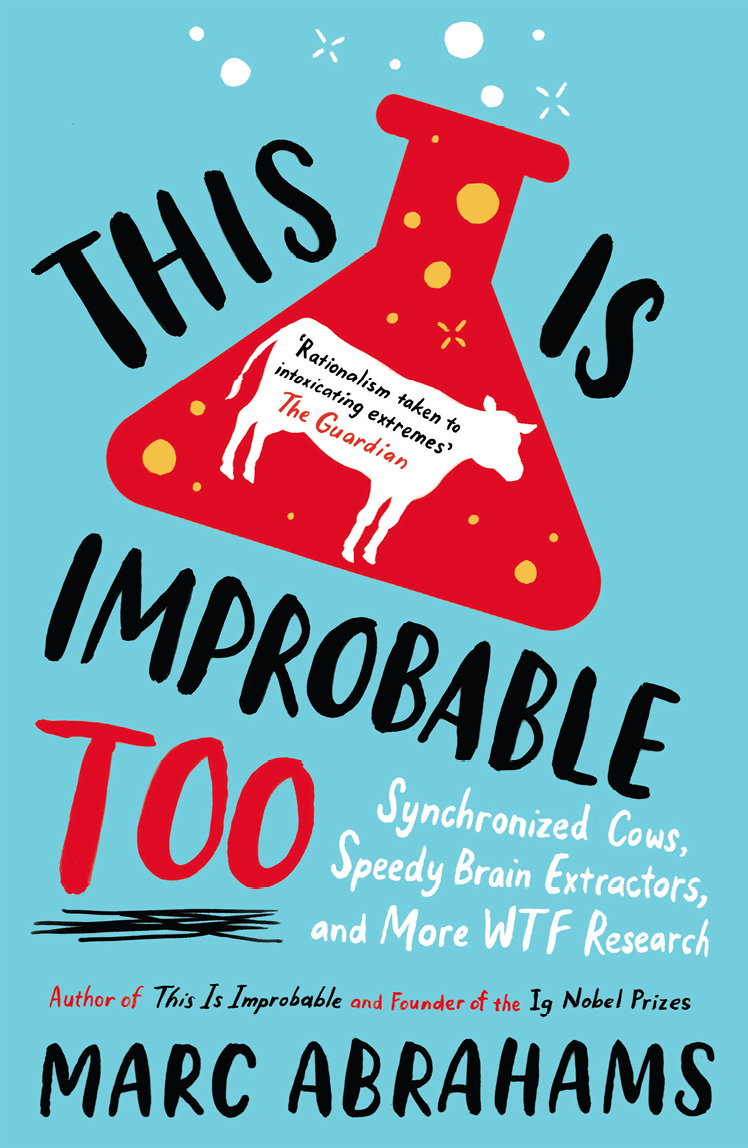Prepare Yourself for
the Improbable Again
*
* Metaphorically speaking

A Oneworld Book
First published in North America, Great Britain & Australia
by Oneworld Publications, 2014
Copyright Marc Abrahams 2014
The moral right of Marc Abrahams to be identified as the Author of this work has been asserted by him in accordance with the Copyright, Designs and Patents Act 1988
All rights reserved
Copyright under Berne Convention
A CIP record for this title is available from the British Library
Print ISBN 978-1-78074-361-5
Ebook ISBN 978-1-78074-362-2
Typesetting and eBook design by Tetragon
Cover design copyright Jim Tierney
Oneworld Publications
10 Bloomsbury Street, London WC1B 3SR, England

Contents
Prologue
Between the second and fourth digits
If you plunge or plod through these pages, expect the unexpected. I went to a lot of trouble to find it for you, and then worked to describe it simply and clearly more clearly, in many cases, than it may have presented itself.
I collect and write about improbable research. Heres what those words mean to me. Improbable: not what you expect. Research: the attempt, intentional or not, to find or understand something that no one has yet managed to find or understand.
I do improbable research about improbable research.
Some of what I find goes into my Improbable Research column in the Guardian newspaper. Some of it goes into the magazine I edit, the Annals of Improbable Research .
Some of it ends up earning an Ig Nobel Prize. I founded the Ig Noble Prize ceremony in 1991, and every year we (a shadowy group called the Ig Nobel Board of Governors) award ten new Ig Nobel Prizes for achievements that first make people laugh, then make them think.
Thats the quality I always look for: that whatever the story is, it with no twisting or adornment first makes people laugh, then makes them think.
This book, This Is Improbable Too , is the second book in the series that began with This Is Improbable . That too is meant to imply two things.
First, that this book is second.
And second, that the stories I write about do not stand alone the people who did these things also did other things, some of which are fully as unexpected. Its easy to assume that the good story you know about a person is the good story about that person. In my experience, poking through studies and books, and chatting and gossiping with thousands of improbable people, if theres one good story about a person, chances are high that other stories exist too, and that some of those stories are even better than the one you knew about.
The stories in this book are all, one way or another, about people, arrayed somewhat by body part.
You might notice that two of those people keep reappearing.
One of those individuals began, in middle age, to count things that annoyed him. I dont mean by that that he keeps a long list of the many things that annoy him. No. This fellow, when hes bored enough, takes note of some particular thing that has repeatedly annoyed him. He then carefully counts how many times that annoying thing occurs during a particular span of time. Then he publishes a report about it, in some scholarly journal.
The other individual began, also in mid-adulthood, to pointedly find a connection between the relative length of a persons fingers and important aspects of that persons life. He also publishes his reports in scholarly journals.
The first of those individuals leans toward attributing no significance to what he sees. Bean-counting, done his way, is almost a form of poetry. To him, its a source of grim, soul-satisfying amusement. Tally ho. Here are representative passages from his body of research:
- A total of 45 1-hr. citings of convenience were taken, during the Summer of 1983, equally divided among Tuesday, Wednesday, and Thursday, 1000 to 1500 hours. Note was made of the north-south movement, which remained approximately consistent during the period at a rate of about 800 private and 1,850 commercial vehicles per hour. The timing of the traffic signal was constant: 45 sec. go (green), 4 sec. caution (yellow), and 41 sec. stop (red). Notice was taken of the number of vehicles passing the stop light, where passing the stop light was defined as entering into and continuing through the intersection after the signal had turned red.
- The students were asked for a single answer to the following query, in my opinion brussels sprouts are (a) very repulsive, (b) somewhat repulsive, (c) something that I can either take or leave, (d) somewhat delicious, or (e) especially delicious. The findings for the group (collectively) and (stratified) by sex and nationality are shown in Table 1.

The other individual leans towards attributing significance where someone else might see only fingers. This is a form of leadership, done so that others might perceive his insights. His jargon phrase 2D:4D means the relative lengths of the second finger and the fourth finger:
- We recruited 300 subjects (117 men and 183 women) with a minimum age of 30 years from the Merseyside area. Participants were from social groups of elderly retired people and mature university students. We measured the 2nd and 4th digit length twice The English sample showed that married women had higher 2D:4D ratios than unmarried women.
- We measured the lengths of the 2nd (index) and 4th (ring) finger in a sample of young men and recorded short digital video clips of their dance movements. A panel of 104 female judges rated 12 clips of men with the lowest and highest finger-length ratios (2D:4D) for attractiveness, dominance, and masculinity.
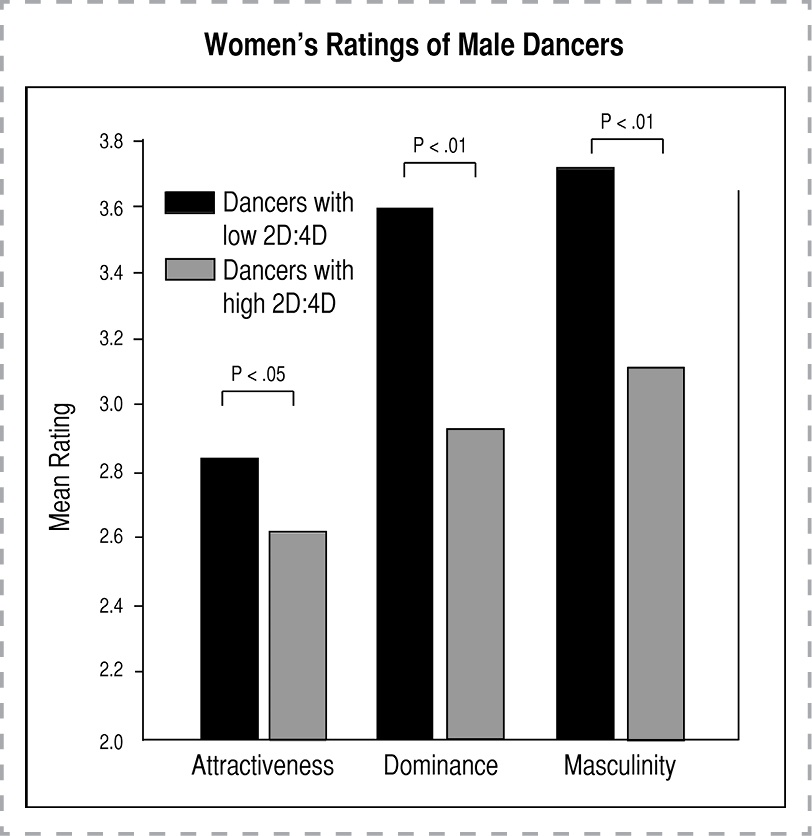
A classic in the body of 2D:4D work
I hope those quotes appeal to you enough, or perplex you enough, that you will track down the journals in which they appear, and find the bigger stories there. And I hope other parts in the body of this book have a similar effect. Ive told you only a short version of each story. Still more juicy improbable details, unmentioned by me, await you. The references noted at the end of each story point you to treasures. (For the examples in this introduction, though, I leave you the pleasure of googling them to find the citations.)
Chunks of whats here appeared in the newspaper column. Chunks were in the magazine. Much of it came into existence with and for this book, updating or augmenting the newspaper or magazine chunks, or becoming wholly new bits of the universe.
The seven billion or so humans of planet Earth have been relentlessly kind in doing improbable things that deserve to be written up. I am way behind in that writing, and am relentlessly scrambling to try to catch up.


